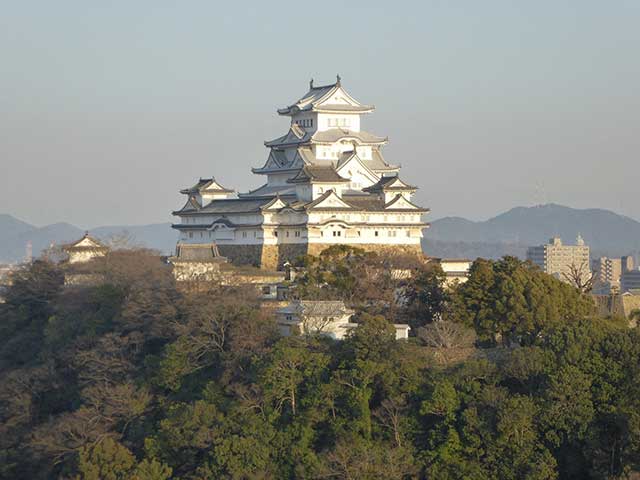
Perched atop the 45.6-meter-high Mt. Hime, Himeji Castle dominates the landscape of Himeji City in Hyogo Prefecture, offering a commanding view of the Harima Plain. Adorned in white plaster, the main tower group is often likened to a graceful egret in flight, earning the castle its alternative moniker of "White Egret Castle." Among Japan's dwindling original castles, Himeji boasts the most intact structures. Notably, its main tenshu keep and ko-tenshu sub-keeps were bestowed the prestigious title of National Treasures in 1931, while an additional 74 edifices hold the esteemed designation of National Important Cultural Properties. Alongside Horyu-ji Temple, Himeji Castle proudly holds the distinction of being Japan's inaugural World Heritage site, a recognition bestowed upon it in 1993.
The origins of a fortress on this site trace back to the Nanboku-cho period, with significant enhancements during the Sengoku era under the directive of Oda Nobunaga and his vassal, Toyotomi Hideyoshi. Following the pivotal Battle of Sekigahara in 1600, Ikeda Terumasa assumed control of the castle, along with a substantial income of 520,000 koku. Over the subsequent eight years, Terumasa oversaw the transformation of Himeji into the architectural marvel it is today. Encircled by three concentric moats—soto-bori, naka-bori, and uchi-bori—the castle boasted formidable defenses, with remnants visible today within the inner moat.
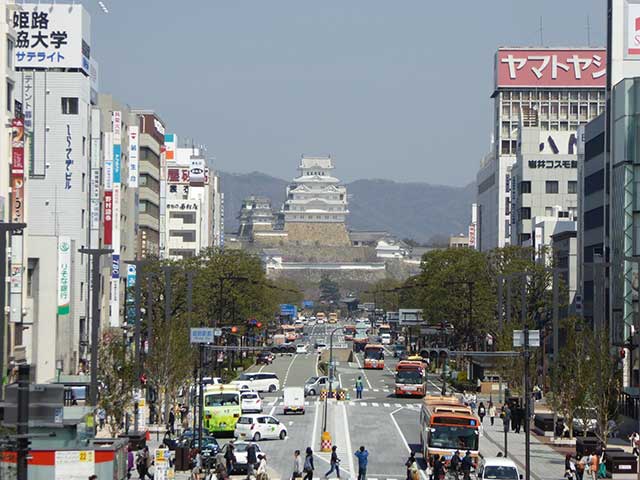
Tasked by Tokugawa Ieyasu, his trusted son-in-law Terumasa expanded and fortified Himeji Castle in anticipation of future military campaigns, notably the impending confrontation with Toyotomi Hideyoshi's heir, Hideyori, at Osaka Castle. The castle's imposing stature was intended to deter western-based Toyotomi loyalists from reinforcing Osaka, solidifying its role as a strategic bastion.
Construction of the iconic white tower, symbolizing Himeji Castle's grandeur, commenced in 1601 and culminated in its completion in 1609. This towering edifice, standing at 31.5 meters atop a 14.8-meter stone base, represents the largest extant tower keep of the Edo period. Spanning 140 meters east to west and 125 meters north to south, the main keep complex comprises the dai-tenshu (large tower keep) and three smaller ko-tenshu sub-keeps—nishi (western), inui (northwestern), and higashi (eastern). The strategic layout facilitated vigilant observation and defense, with downward-facing hatches facilitating the deployment of matchlock guns against encroaching adversaries.
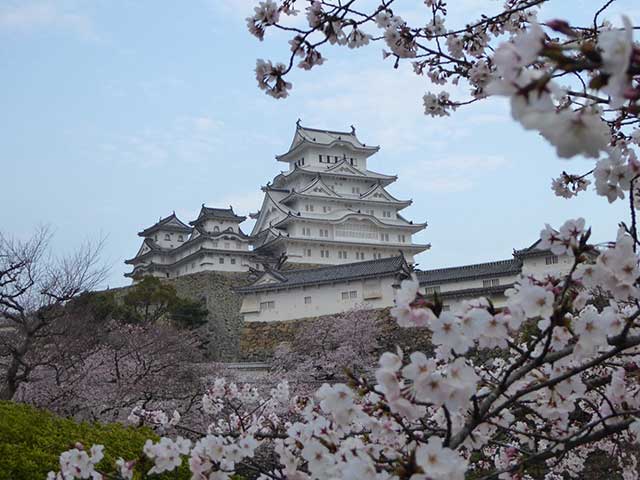
Internally, the main tower encompasses seven floors, of which only five are visible externally. The uppermost floor reflects the refined shoin-zukuri architectural style favored by the samurai elite, underscoring the structure's ceremonial significance.
Himeji Castle stands as a testament to the masterful fusion of military functionality and aesthetic elegance embodied by the samurai, exemplified in its enduring architectural splendor.
Siehe auch
-
Kanazawa Castle
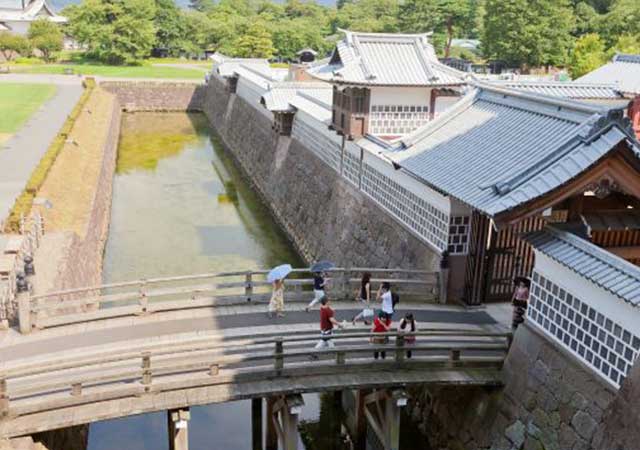
Construction of Kanazawa Castle began in 1580 on the orders of Sakuma Morimasa, a vassal of Oda Nobunaga. The castle was built on the site of the Ikko-ikki sect's Oyama Gobo temple, which is why it is sometimes called Oyama Castle. Morimasa managed to build several moats and begin construction of a castle town. However, after his defeat at the Battle of Shizugatake in 1583, he was executed, and ownership of the castle passed to Maeda Toshiie (1538–1599).
-
Nakatsu Castle
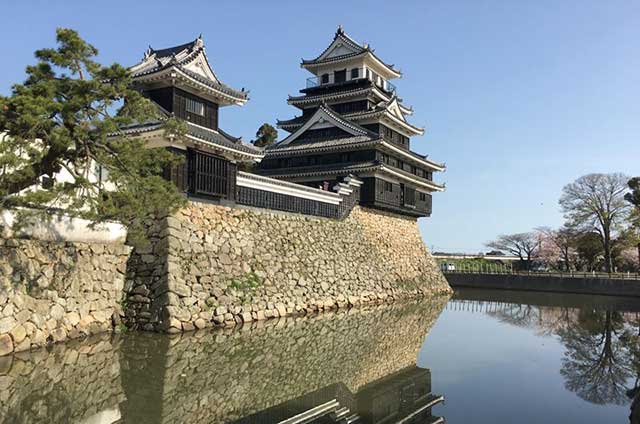
Kuroda Yoshitaka (1546–1604) was one of the closest advisors to the legendary military commander Toyotomi Hideyoshi. He took part in key military campaigns of the late 16th century, including the campaign against Shikoku in 1585 and the campaign against Kyushu in 1587. Later, during the second campaign in Korea, Yoshitaka served as chief advisor to the commander of the invasion forces, Kobayakawa Hideaki. After Hideyoshi's death, he swore allegiance to Tokugawa Ieyasu, thereby securing his influence and patronage under Japan's new leader.
-
Edo Castle
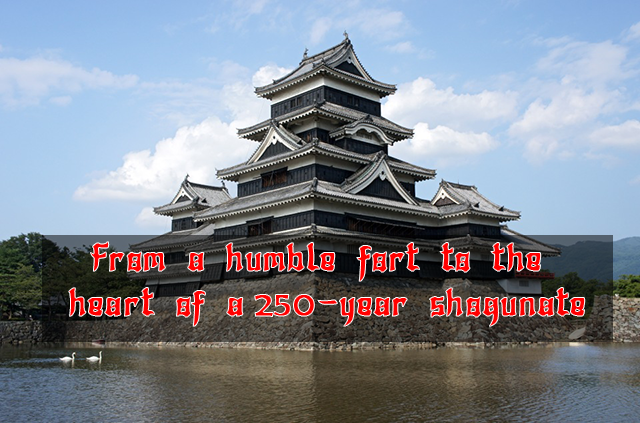
The history of Edo Castle dates back to the Heian period, when the Edo clan built a small fort on this site. In 1457, the vassal of the Uesugi clan, Ota Dokan (1432–1486), constructed a full-scale castle here. Internal conflicts weakened the Uesugi clan, and in 1524, Ota Dokan’s grandson, Ota Yasutaka, surrendered the castle without resistance to the forces of Hojo Soun, the ambitious leader of the Hojo clan. While Odawara Castle remained the clan's main stronghold, Edo was considered a key strategic fortress.
-
Samurai Museum Shinjuku
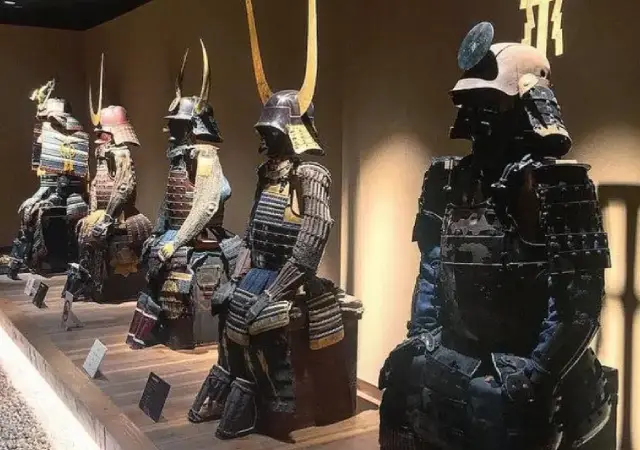
Situated in the vibrant district of Shinjuku, the museum showcases an extensive collection of samurai armor, weapons, and cultural artifacts spanning from the Kamakura to the Edo period. The exhibits aim to convey the samurai's unwavering commitment to honor and discipline, reflecting how their spirit continues to influence modern Japanese culture.
-
Anjo Castle
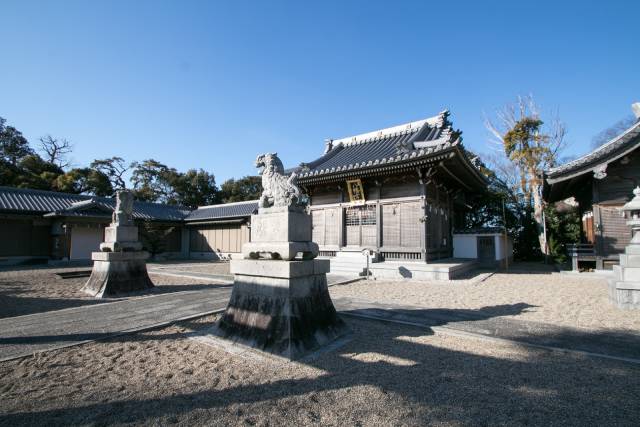
Anjo Castle was built on a slight elevation at the edge of the Hekikai Plateau, about 2 kilometers southeast of present-day central Anjo City in Aichi Prefecture. Today, the surrounding area thrives on large-scale agriculture and automotive manufacturing, utilizing the expansive flatlands and its proximity to the Nagoya region.
-
Numata Castle
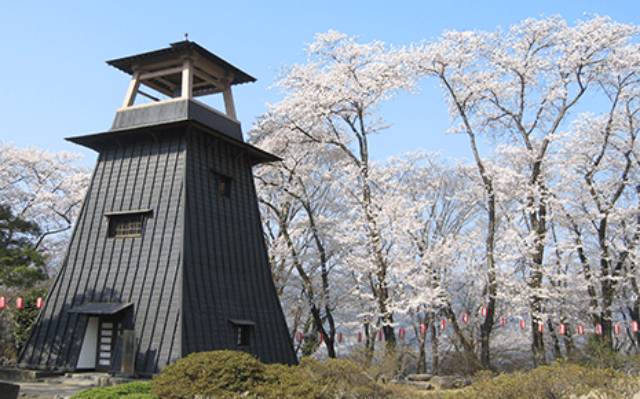
Numata Castle, located in Numata, northern Gunma Prefecture, Japan, has a rich and complex history. During the late Edo period, it served as the residence of the Toki clan, who ruled the Numata Domain. Over the centuries, the castle changed hands multiple times and was the site of significant battles during the Sengoku period.
-
Iwabitsu Castle
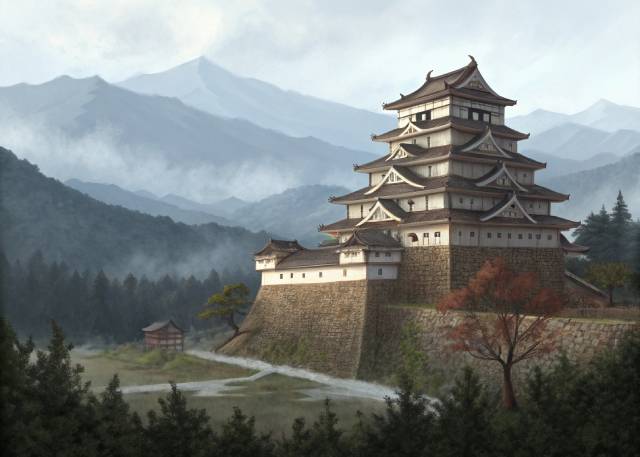
Iwabitsu Castle is a yamashiro-style (mountain) castle located atop Mount Iwabitsu in Higashiagatsuma, Gunma Prefecture, Japan. Recognized for its historical significance, its ruins have been protected as a National Historic Site since 2019.
-
Tsutsujigasaki Castle
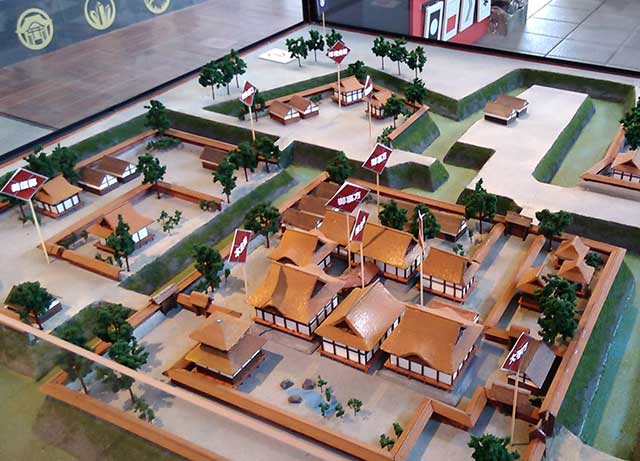
Tsutsujigasaki Castle (Tsutsujigasaki Yakata) served as the fortified residence of the last three generations of the Takeda clan and is located in the heart of Kofu, Yamanashi Prefecture, Japan. Unlike traditional Japanese castles, it was not referred to as a "castle" in Japanese, as the Takeda clan famously believed in relying on their warriors as their true fortifications, stating, "Make men your castle, men your walls, men your moats." Designated a National Historic Site in 1938, the ruins are now open to the public and house the Takeda Shrine, a Shinto shrine dedicated to the deified spirits of the Takeda clan.

